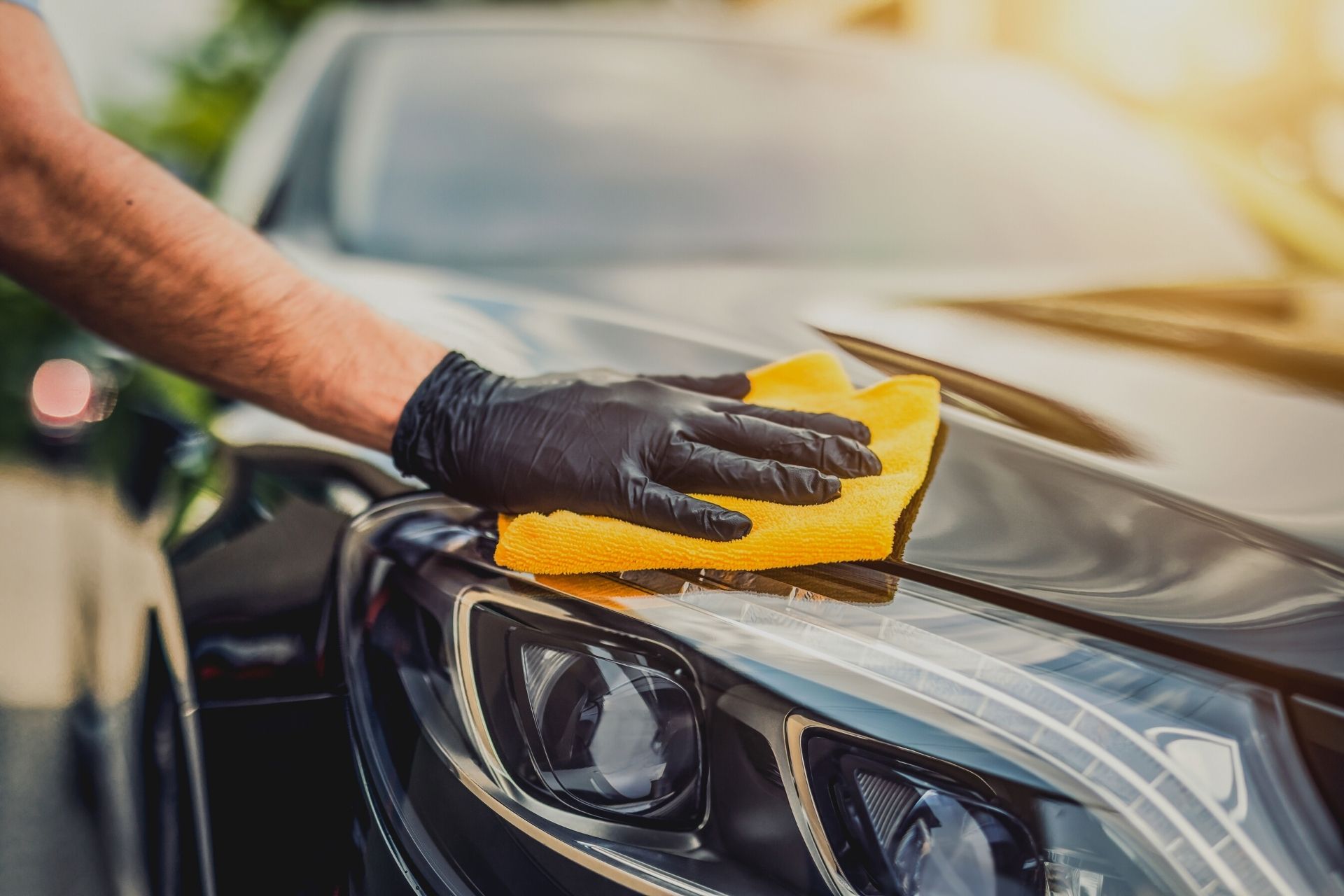As the times of the year change, so do challenges that accompany maintaining the vehicle. Whether it’s the harsh winter conditions, the blazing summer heat, or the pollen of spring, each season presents distinct risks that can affect the appearance and longevity of your car. This makes yearly auto detailing an important practice for every car owner who wants to maintain their car looking brand new and performing at its peak.
In this ultimate guide to auto detailing, we will explore how to prepare your car for an variety of weather elements and detailing needs throughout the seasons. From understanding the significance of regular detailing to mastering the differences between interior and exterior care, we will provide professional recommendations and tips to help you avoid common mistakes. Join click to investigate as we explore the top practices, products, and techniques, ensuring your vehicle is always ready to face the weather.
Understanding Auto Detailing Basics
Auto detailing surpasses a basic car wash; it involves a detailed cleaning, restoration, and protection of all aspect of your vehicle, both interior and out. This diligent process helps sustain your car's look while also safeguarding its value over time. Detailed cleaning of the outside includes methods like polishing, waxing, and ceramic coating, which guard the paint from environmental damage. Meanwhile, indoor detailing tackles dirt, stains, and odors to create a healthier and more enjoyable ride.
One of the crucial components of auto detailing is knowing the difference between interior and exterior services. Exterior detailing typically involves washing, claying, waxing, and sealing surfaces to get rid of contaminants and protect the paint. Conversely, interior detailing focuses on deep cleaning seats, carpets, and hard surfaces, often using industrial products to handle various materials. Understanding what services your car needs according to its condition and surroundings will help you make educated decisions about your detailing regimen.
Regular auto detailing is not just a luxury; it's a necessity for maintaining a vehicle's appearance and longevity. Expert recommendations suggest detailing your car approximately three to six months, based on your driving habits and environmental conditions. Regular detailing can prevent issues like rust from salt or mold from moisture, ensuring your vehicle remains in top-notch condition year-round. By committing in auto detailing, you not only enhance your car's appeal but also support its well-being and performance.
Seasonal Care Tips for Your Vehicle
As the seasons seasons change, so do the challenges that your vehicle faces. In the winter, snow, road salt, and ice can cause significant damage if not dealt with properly. Regular detailing during this time focuses on safeguarding your car's exterior from salt corrosion. go now and wax are essential to establish a barrier against moisture. Additionally, ensure the undercarriage is cleaned to remove any road salt that could lead to oxidation. Consider using products specifically designed for winter protection to maintain your car's finish.
The spring season brings a own set of challenges, including tree pollen, sap from trees, and greater rain. This is the time for a deep spring cleaning to rid your vehicle of winter residues. Interior detailing becomes crucial, as you want to eliminate any mildew or odors that may have developed over the colder months. A thorough clean of the upholstery and carpets, coupled with a careful inspection for any water damage, can greatly enhance the vehicle's longevity. Protecting your paint from tree sap and preparing for heavy rains with a durable wax or ceramic coating is also advisable.
The summer months can be harsh on the vehicle, with extreme heat leading to potential paint damage and fading. Using sunshades and parking in cool areas can prevent the interior from overheating. Regular detailing in the summer should include a high-quality wax or ceramic coating to protect against UV rays. This is applicable not only to the exterior but also to the surfaces, especially leather seats, which can crack and fade without proper care. Making it a habit to clean your car regularly during this season can help preserve its value and keep it looking brand new.
Professional Advice for a Professional Result
To achieve a professional result in auto detailing, begin by acquiring high-quality products specifically designed for the kind of detailing you are executing, whether it be inside or exterior. This includes picking balanced shampoos for washing, microfiber cloths for drying, and appropriate polishes and waxes for paint protection. Understanding the right application methods is vital; always stick to the manufacturer's instructions and use items in the shade to prevent them from drying too quickly and causing blemishes or damage.
Maintaining a organized approach to your detailing process can greatly improve the overall result. Begin with the interior by vacuuming and using a specific brush to eliminate debris from difficult areas. Once the interior is tidy, move to the outside, cleaning the car from top to bottom and verifying that you consistently rinse your wash mitt to avoid scratching the paint. Remember to treat wheels and tires independently as they require distinct products to remove built-up grime and protect against corrosion.
In conclusion, after diligent cleaning and polishing, consider using a protective sealant or ceramic coating. While wax provides a shiny finish, ceramic coatings offer durable protection and durability against the elements. Additionally, take the time to periodically upkeep your vehicle during detailing sessions, cleaning off dirt and grime every several weeks to keep your car looking new. Following these expert tips will make sure your detailing work result in a refined, polished result that truly shines.

